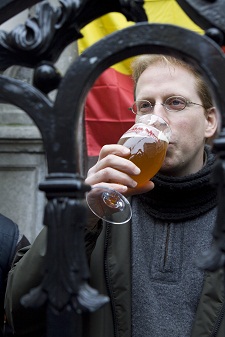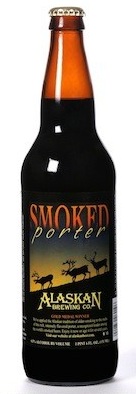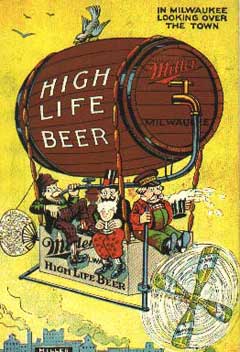 Wendy Littlefield took a few seconds from her busy schedule getting ready for Tuesday’s Coast to Coast Toast to drop me a link to a story about what brewers in Belgium think of AB InBev’s Belgian Beer Cafes OPENING SOON IN AN AMERICAN CITY NEAR YOU! For that I thank her.
Wendy Littlefield took a few seconds from her busy schedule getting ready for Tuesday’s Coast to Coast Toast to drop me a link to a story about what brewers in Belgium think of AB InBev’s Belgian Beer Cafes OPENING SOON IN AN AMERICAN CITY NEAR YOU! For that I thank her.
A few paragraphs into the story I was thinking it would be better if the author talked to Yvan De Baets. I’m biased, because Yvan made important contributions to both Brew Like a Monk and Brewing With Wheat (including the foreword). I try not to go back to the same experts for every book, but he’ll also be contributing to For the Love of Hops because nobody makes more sense to me when we are talking about the integrity of beer.
So as I scrolled down into the story and first saw the top of a photo of Brasserie Verschueren, which is located in the neighborhood where he lives, I smiled. Two more clicks and there he was in front of it. Of course, he totally nailed it.
He says he understands and supports In-Bev’s Belgian Beer Cafe idea from a financial point of view, but not from a human one.
“You don’t build create a Belgian beer cafe in five minutes,” De Baets says. “It’s generations of owners and customers that build the place, and then give a soul to it.”
De Baets likens In-BEV’s Belgian Beer Cafes to the “Irish pubs” that sprung up around the world in the 1990s. It’s a gimmick, he says, it’s kitsch, and he wonders how outdated they will look in a few years.
The beer menu, he notes, features well-known InBev heavy-hitters like Stella, Hoegaarden, and Leffe. It also has Westmalle, and Chimay, two beers still brewed by Trappist monks.
And while those beers are part of the Belgian brewing heritage, Da Baets says, he thinks the Belgian Beer Cafe could do better.
“It’s beers in which all the angles have been rounded. There is no character, no real personality. I hope this is not the real image of Belgian beer,” says De Baets.
It’s not 10 a.m., but I find myself suddenly thirsty for a Brasserie de la Senne Zinnebir.
 Alaskan Brewing co-founder Geoff Larson tells a good story. One you want to listen sitting next to a roaring fire on a Juneau beach.
Alaskan Brewing co-founder Geoff Larson tells a good story. One you want to listen sitting next to a roaring fire on a Juneau beach. If you could climb into a machine that would take you to any time and place, what beer related destination would you pick?
If you could climb into a machine that would take you to any time and place, what beer related destination would you pick?